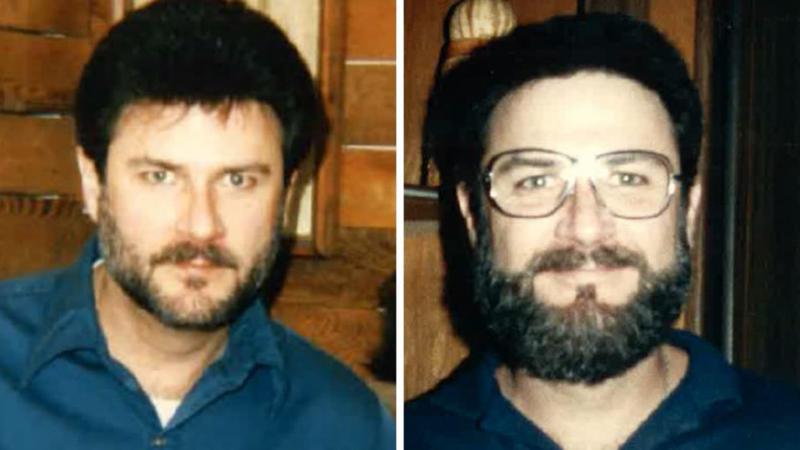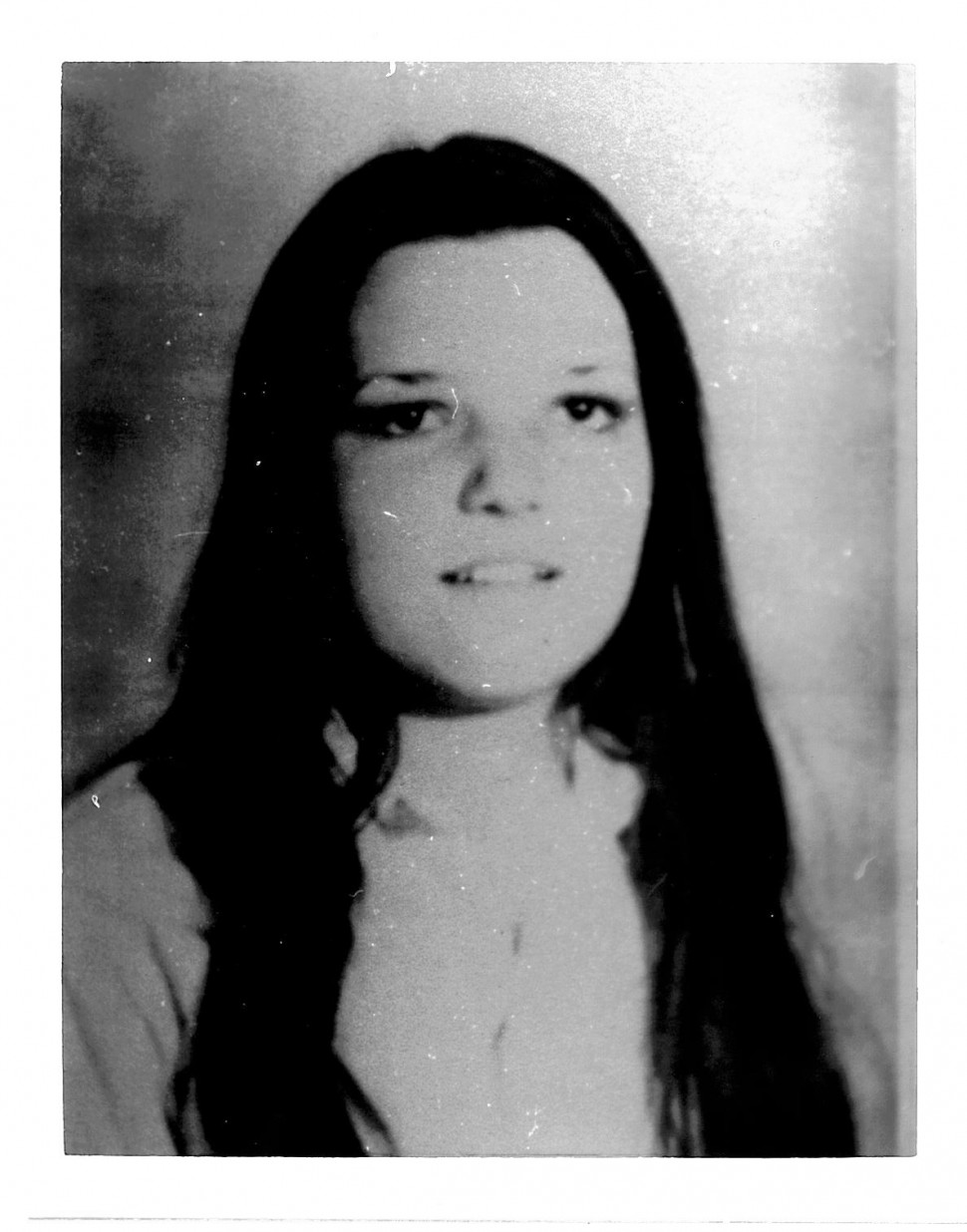
RCMP believes serial killer who once lived in Chilliwack, Abbotsford and Cultus Lake may have committed other crimes
ALBERTA — Mounties in Alberta have connected four homicides of young women from the 1970s to a now-deceased serial killer from the United States and suspect there may be additional unsolved homicides in Western Canada linked to this criminal.
According to a news release dated May 17, 2024 from the Alberta RCMP, four women between the ages of 14 and 20 died in 1976 and 1977. Police believe they’re connected to Gary Srery, a deceased serial killer.
Srery lived in Abbotsford from 1988-90, followed by Cultus Lake from 1990-96 and Chilliwack from 1996-98. Police are appealing to the public that if they believe Srery was associated to, or responsible for a crime in their jurisdiction, to reach out to the policing agency within that jurisdiction.
Police listed the following victims as being linked to Srery:




